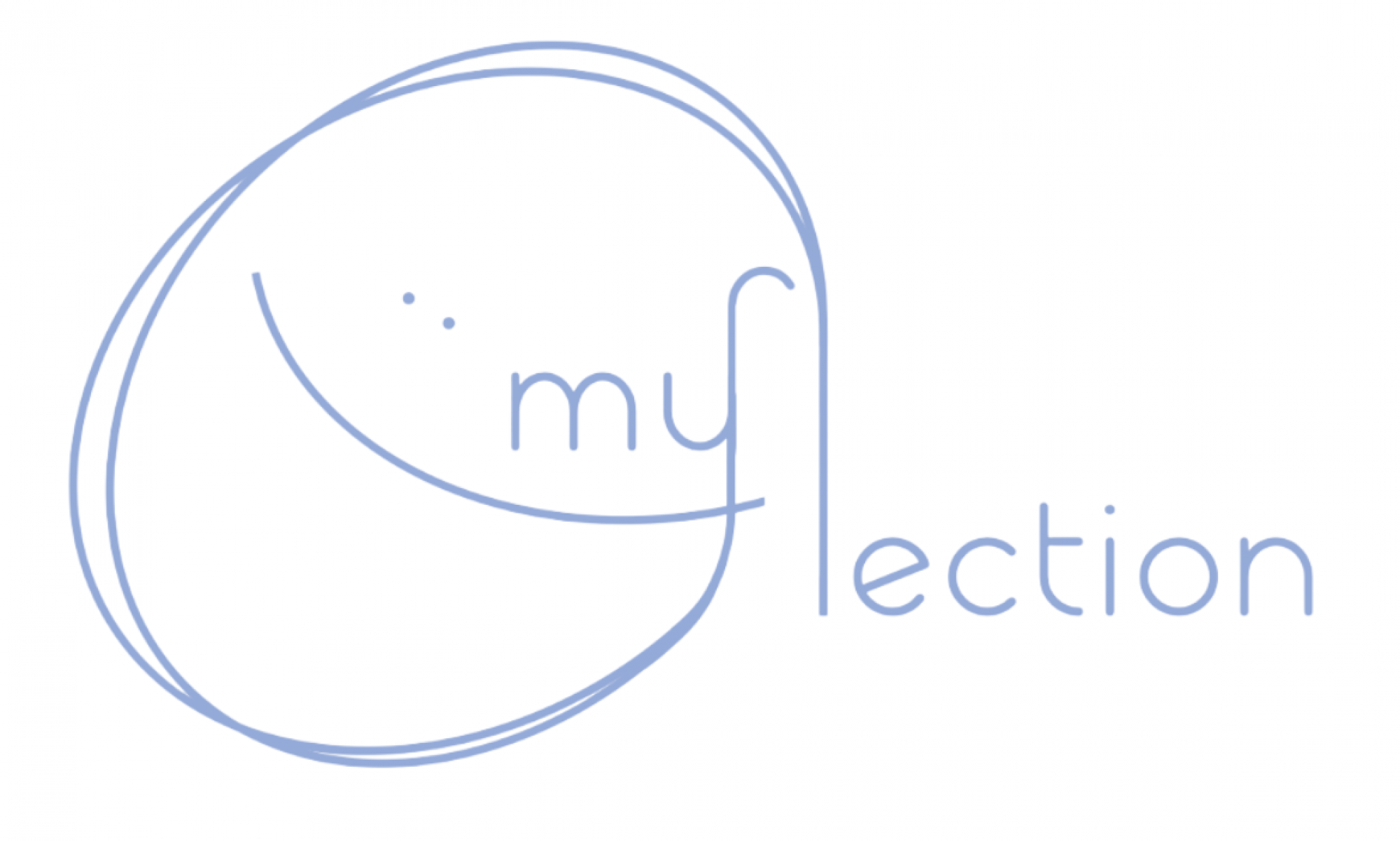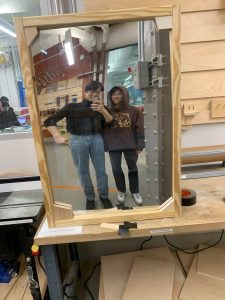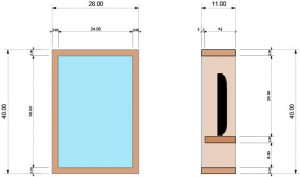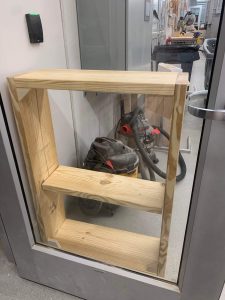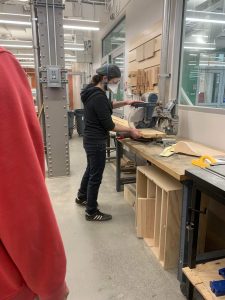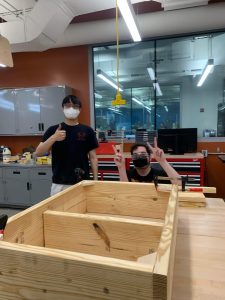Our team made a lot of progress this week. We are getting very close to finishing up the integration process with the mirror UI, the Jetson, the app, and the outfit recommendation algorithm. Some risks that are being dealt with at the moment are incompatibility issues between the mirror UI code and the Jetson. The main reason for this is because of the OS differences. Packages and code that compiled and ran on the macOS are suddenly not working on the Jetson’s Linux OS. Our plan B in case this doesn’t work out is possibly to set up a virtual machine that would run the mirror UI on a macOS. This is our last resort because running on VMs may result in slower response times and potentially more bugs. Another risk that we face at the moment is being able to run the openpose shell script through a click of a button in our app. Considering the various roadblocks we have faced because of the Jetson, it may be very likely (hopefully not though) that the Jetson will have trouble opening and running the shell script when the app sends a request. Our contingency plan for this is to have to run the script manually, but we will do our best to avoid this at all costs because it significantly hinders the convenience of our smart mirror.
Some changes were made to the outfit recommendation schema. Originally, we were planning to recommend one outfit, but we changed the output to 5 outfits. We also added the option for users to input whether they want a formal outfit or an informal outfit because it enhances the purpose of our smart mirror and is more tailored towards a personal preference this way. This did not induce any costs but may potentially pose a challenge of having to send data about the formality to the Jetson.
Photos and videos of our progress will be reflected on the final presentation slides as well as our individual status reports.
As we are coming close to the final demo, our schedule has become a lot busier. Integration is a lot more difficult than expected, but most of us are staying in lab till night to get things sorted as fast as possible. As a result, we are doing testing and integration at the same time instead of separately. Other than that, I feel like our team has made a ton of progress this week and it will stay that way.
